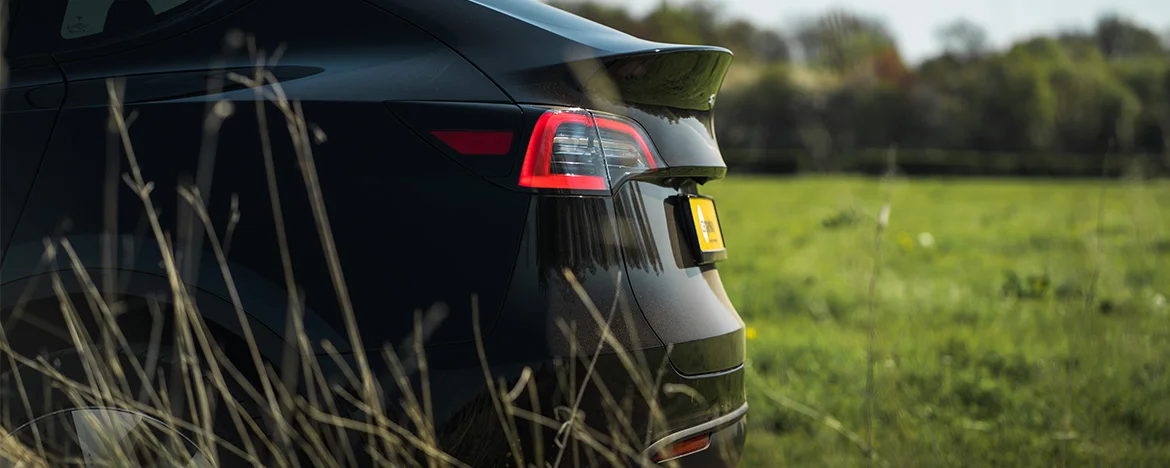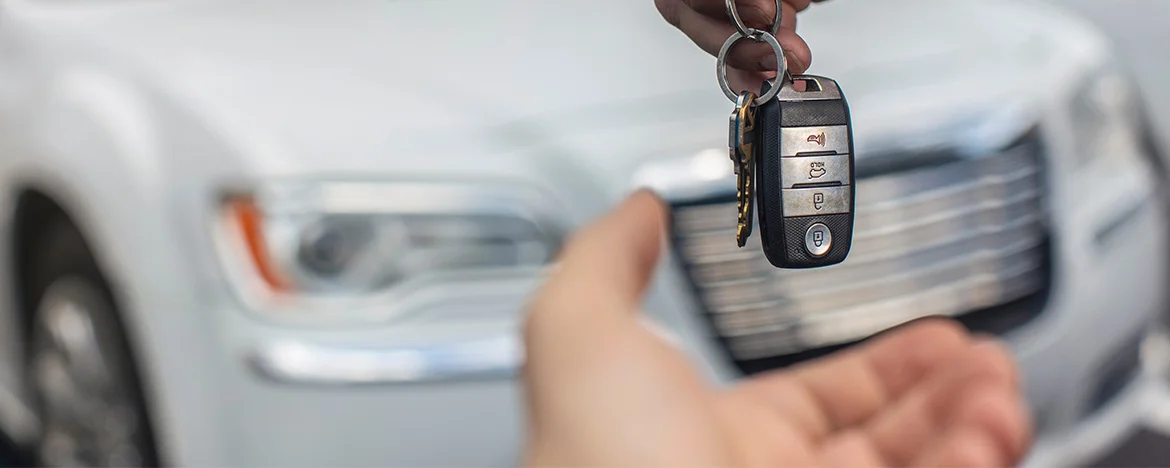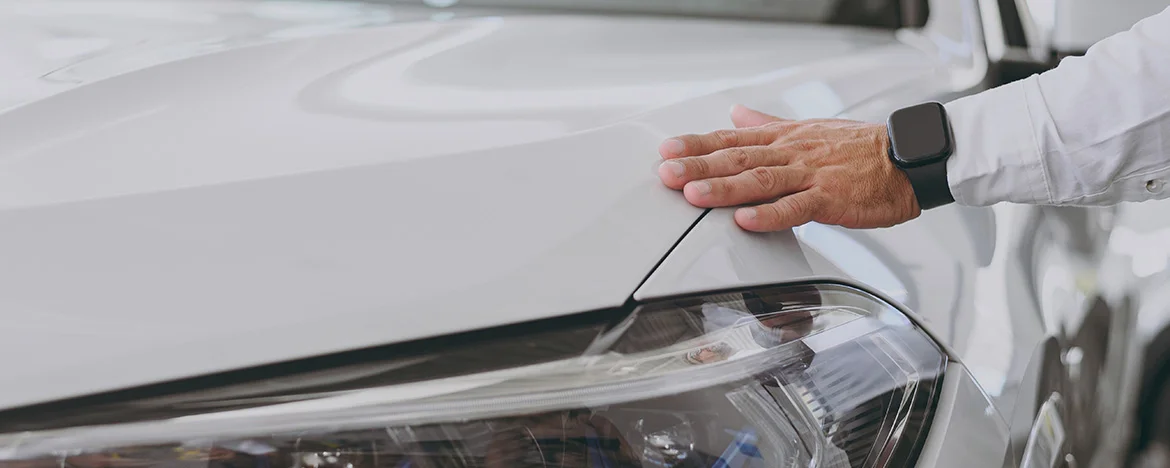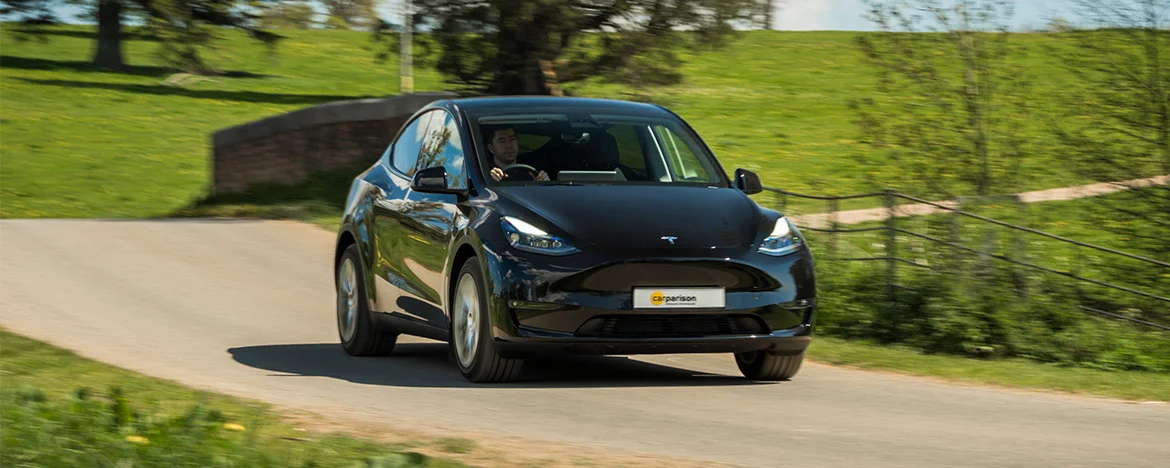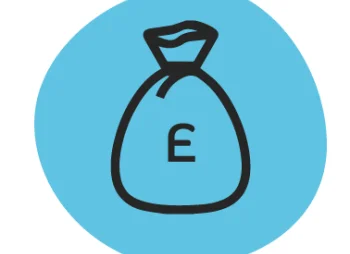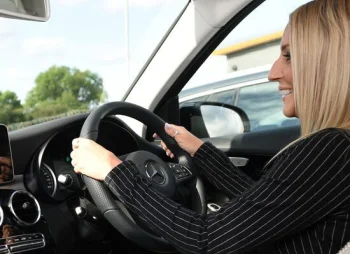6. What to do before you return your lease car
There are a few things you can do ahead of the collection of your lease car to make the process run more smoothly:
The BVRLA are a regulating body for all reputable brokers. They set an industry-wide standard that governs the conditions deemed fair for lease cars to be returned in at the end of their contract.
Contrary to popular belief, lease cars are not expected to be returned in showroom condition and these guidelines highlight what damage is considered fair for the vehicle’s age and mileage.
Carefully check your vehicle’s exterior
At least two months before your collection is due, thoroughly check over the exterior of your car for bumps, scrapes and scratches. Anything that exceeds the standards set out in the BVRLA fair wear and tear guide will be chargeable if it isn’t fixed before collection.
Tip: ensure the vehicle is clean and that you are assessing it in dry and well-lit conditions. Assess your vehicle objectively and ask for an alternative opinion to be absolutely sure.
Carefully check your vehicle's interior
As with the exterior of your vehicle, carefully inspecting the interior well ahead of collection will ensure you can fix any issues ahead of time.
Check your upholstery and roof for stains or odours, ensure the dashboard is functional and test all equipment is working appropriately.
Tip: Fixing any damage on your vehicle before collection will be more cost-effective than leaving any repairs unattended.
Ensure the vehicle is thoroughly cleaned
Whether you’re handy with a pressure washer or would rather leave it to the professionals, ensuring your vehicle is sparkling clean, inside and out, leaves no room for errors during its inspection. The funder will send trained examiners to assess the vehicle on collection day and a clean vehicle makes this process easy. It also protects you from any stressful quibbling later down the line for things they could have missed due to dirt or residue.

